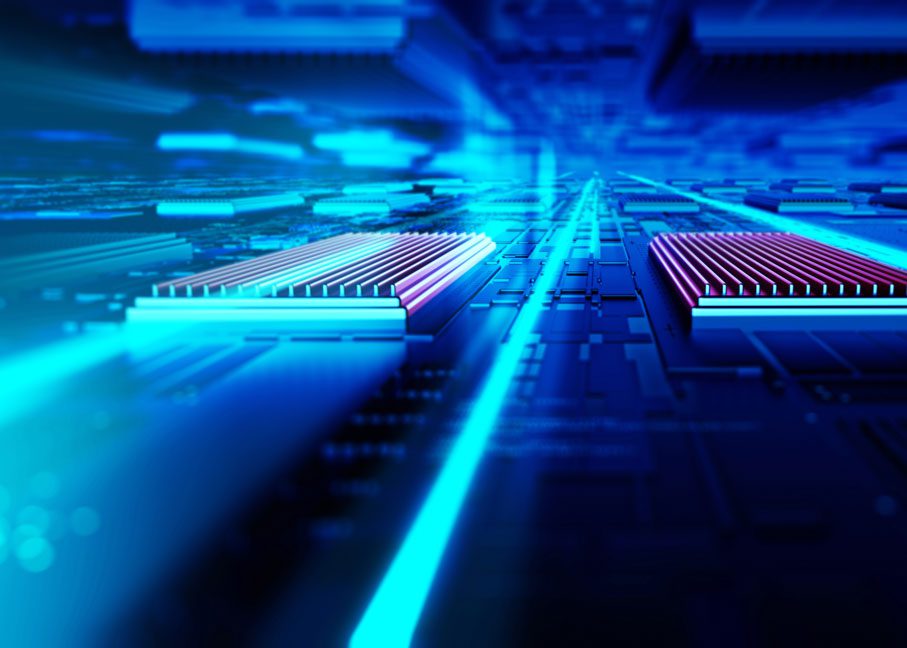Rochester, NY (September 11, 2017) – EMA Design Automation® (www.ema-eda.com), a full-service provider and innovator of Electronic Design Automation (EDA) solutions, today announced two new options for generating CAD output for PCB Design. “We are very focused on helping customers save time and produce better products through the use of our offerings,” said Manny Marcano, president, and CEO of EMA. “Giving customers more options for how their parts look and which tools they work with covers both of these objectives.”
The latest update to Ultra Librarian now includes symbol and footprint output for Quadcept PCB design software (www.quadcept.com). This gives Quadcept users access to one million parts through Digi-Key and over 12 million parts through ultralibrarian.com, as well as part creation capabilities using Ultra Librarian® desktop software. “As Quadcept grows in popularity, our user base needs access to a wide variety of library parts,” said Tomoki Matsuda, marketing director and COO of Quadcept. “Quadcept inclusion in Ultra Librarian products will save our users time by allowing them to download parts rather than creating them.”
Ultra Librarian also now supports two methods of organizing pins on a schematic symbol. The standard pin ordering is by pin number, which solves the basic problems of having the right number of pins, assigning correct pin numbers and pin names, and matching those with their corresponding PCB footprints. Many engineers, however, have requested that pins be ordered by function and type. To help with this objective, Ultra Librarian now offers a second pin ordering mode that puts more intelligence into pin ordering. The function mode will structure the symbol by pin function. This creates symbols with a number of differences, like grouping related pins together, separating unrelated groups with spacing, placing input pins on the left and output pins on the right, and splitting large parts. “This new functional mode will make larger parts much easier to use and result in a more readable design,” added Marcano.
